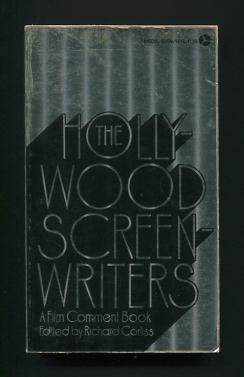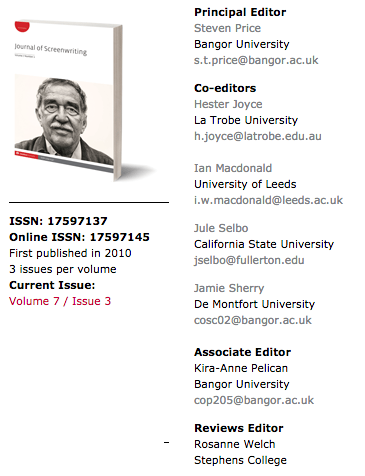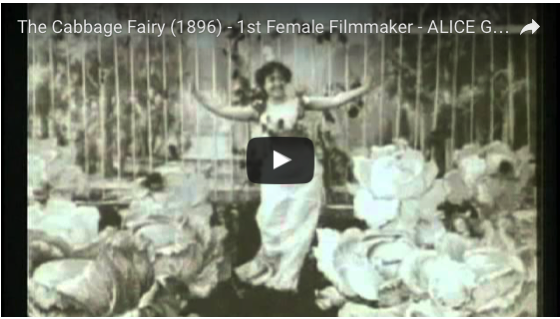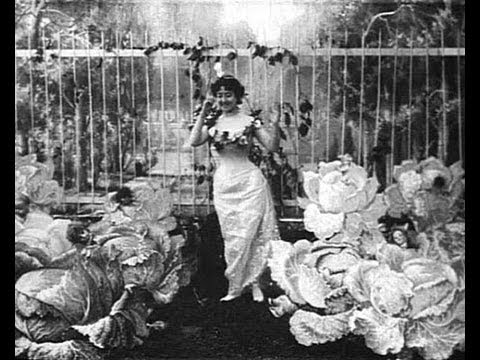My article “Honey, You Know I Can’t Hear You When You Aren’t in the Room: Key Female Filmmakers Prove the Importance of Having a Female in the Writing Room” published today in a special issue called Gender and the Screenplay: Processes, Practices, Perspectives in the journal: Networking Knowledge: Journal of the MeCCSA Postgraduate Network (Vol 10 No 2 (2017).
“Honey, You Know I Can’t Hear You When You Aren’t in the Room PDF Version
The article provides a quick historical survey of the work of several prominent female screenwriters across the first century of filmmaking, including Anita Loos, Dorothy Parker, Frances Goodrich and Joan Didion. In all of their memoirs and other writings about working on screenplays, each mentioned the importance of (often) being the lone woman in the room during pitches and during the development of a screenplay. Goodrich summarized all their experiences concisely when she wrote, ‘I’m always the only woman working on the picture and I hold the fate of the women [characters] in my hand… I’ll fight for what the gal will or will not do, and I can be completely unfeminine about it.’ Also, the rise of female directors, such as Barbra Streisand or female production executives, such as Kathleen Kennedy, prove that one of the greatest assets to having a female voice in the room is the ability to invite other women inside. Therefore, this paper contributes to the scholarship on women in film and to authorship studies.
The title is a riff on a series of one-act plays I worked on in college called “Honey, You Know I Can’t Hear You When the Water’s Running” written by Robert Anderson (author of the plays Tea and Sympathy and was Oscar-nominated for the screenplays A Nun’s Story and I Never Sang for my Father.)
You can read and download the entire journal, edited by Louise Sawtell, Stayci Taylor, which includes other fine articles have a global reach, covering questions of gender in screenwriting practice; reflections on the Irish film industry; Female Screenwriters and Street Films in Weimar Republic; Narrative and Masculinity in The Long Goodbye; How Hollywood Screenplays Inscribe Gender.
The editors had also asked all contributors to create video abstracts for each piece. Thanks to Doug’s help, mine came out pretty good:














